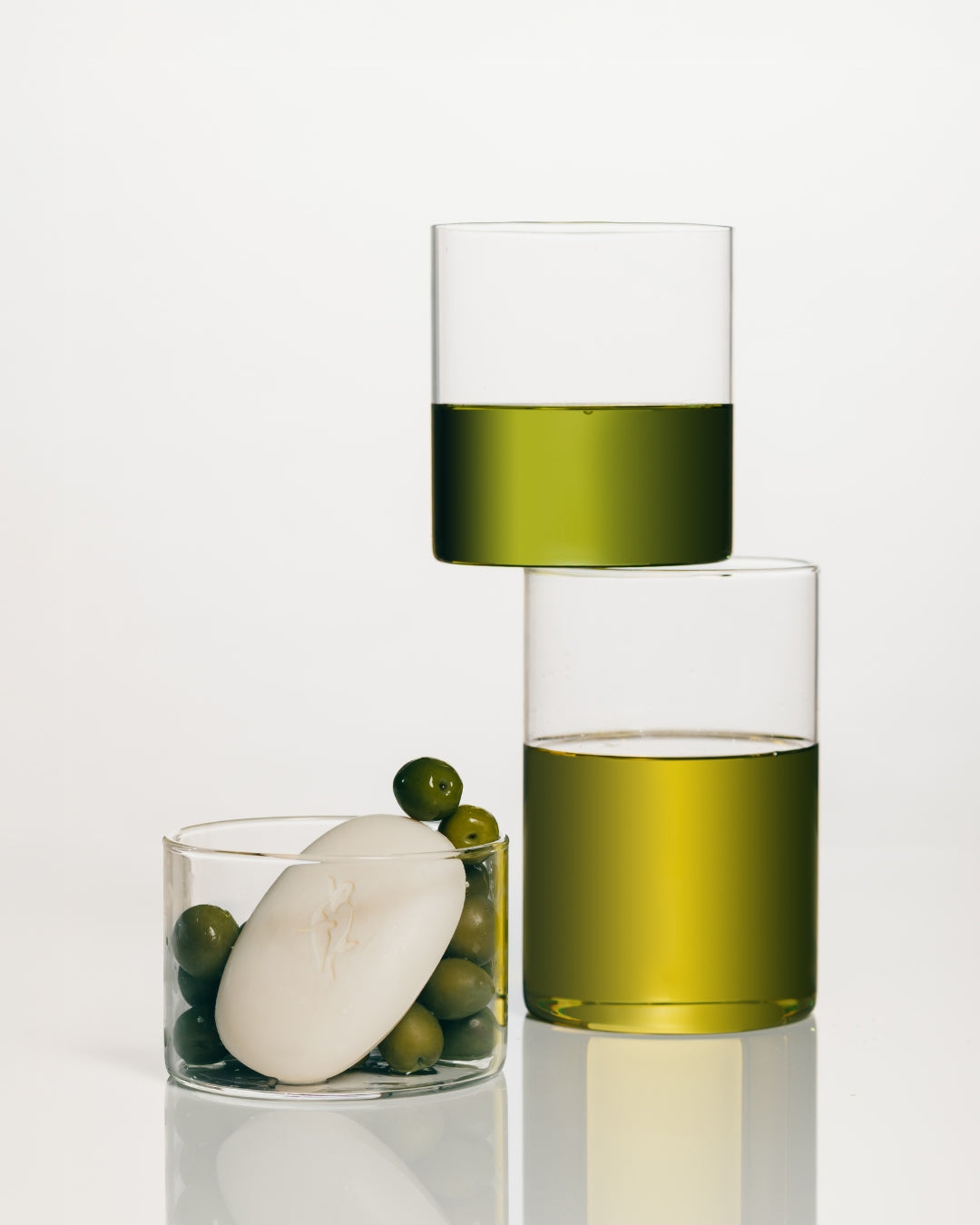There’s plenty of ways to cut down on plastic when grocery shopping, but shopping online is trickier as you have less control over your shop and how your delivery is packaged. Here are some handy tips for doing a plastic free shop online.
Bringing bags with us when we shop at the supermarket, using reusable coffee cups and refusing single use items such as straws and plastic cutlery all go a long way to reducing the amount of plastic we use on a daily basis. However, there’s been relatively little talk about the issue of plastic waste generated by online shopping. And with the increasing popularity of online shopping, it’s a problem that has environmentalists genuinely concerned. Here are a few ways to do a plastic free online shop:
Try your independent grocery store -
Independent stores and grocery shops tend to use less plastic than bigger supermarkets, plus you’re supporting a smaller business. Call up and check what their shipping and packaging policies are like. For instance, often groceries are packed in cardboard boxes rather than in plastic bags.
Be conscious of ‘hidden plastic’ -
Just as you would with an in-person shop, buy pasta in boxes and milk and tomato sauce in bottles and jars when you can. Sometimes boxes have plastic bags inside (such as cereal boxes) so do your research carefully when purchasing.

New Africa via Shutterstock
Ask for ‘no plastic’ in the comments -
Most online retailers have a comment box that you can put requests in when you’re checking out. It’s usually used for things like delivery instructions, but you can also use it to specify your packaging preferences. Of course, there’s no guarantees your delivery won’t contain plastic, but it’s definitely worth asking, particularly for grocery shops when single pieces of fruit and veggies often come in small individual plastic bags.
Recycle where you can -
Soft plastic packaging can sometimes be recycled – just check the labels. Collect them and take them with you to a drop-off site - at your local supermarket, for example. Cardboard boxes can be broken down and added to your recycling bin, but with other materials, if in doubt it’s better to leave it out. It's more important to keep recycling 'clean' and free from non-recyclable contaminants. Polystyrene packaging, for example, usually can't be recycled in your kerbside bin.

Rawpixel Via Shutterstock
Choose brands that have a clear, ‘no plastic’ policy -
There are plenty of eco-friendly brands that have turned their back on plastic. Every dollar you spend makes a difference, and putting your hard-earned cash towards businesses who eschew plastic is a choice for the environment. All Pure Planet Club products are 100% plastic free, including our
toilet tissue and
organic lip balms, plus our packaging is plastic-free too.
Gradually ‘phase’ plastic out of your life -
To start off with, reuse what you already have in your home. If you’ve collected plastic shopping bags and takeaway containers over time, reuse them rather than throwing them away after one use. Keep old glass jars to store food in rather than purchasing new ones. Next, replace what you have with
reusable alternatives that will last a lifetime, not a moment.

Peangdao via Shutterstock
Ask retailers to provide eco-friendly alternatives to plastic -
Companies change when demands from their customers change, so as a conscious consumer you have the power to use your voice and ask for better options than plastic – in products and packaging. Fundamentally consumers are the ones who can make a difference because they can 'vote' at the register. Every time we buy something we make that choice.




